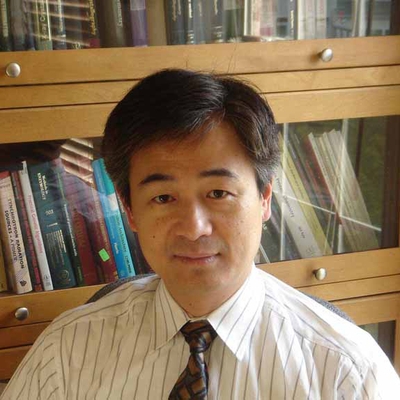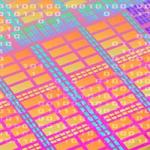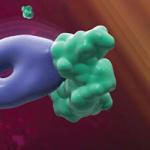
Research Topics
Structural Study of Biological Membrane Proteins
Recent advances in genome research revealed that over one-third of open reading frames in yeast (S. cerevisiae) are predicted to be integral membrane proteins with 1 to 14 transmembrane segments, reflecting the importance of membrane proteins in the life cycle of this unicellular eukaryotic organism. In multicellular organisms, cellular communication and interaction require increased biological complexity and likely an increased fraction of membrane proteins.
Membrane proteins provide vital cellular functions involved in cell-cell communication, recognition, adhesion, and membrane fusion; in material exchange, transportation and detoxication; and in processes of cellular energy conservation. Structural studies, especially those done by X-ray crystallography, on a limited number of membrane proteins have contributed significantly to our understanding of the function of these biological macromolecules.In the light of the increased number of membrane proteins being studied, the paucity of structural data of membrane proteins at atomic resolution creates a vacuum in our knowledge which is only being filled rather slowly. To date, only a limited number of families of membrane protein structures have been determined; most of them are of bacterial origin. The situation arises mainly due to tremendous difficulty in purifying sufficient quantity of most membrane proteins, especially those of eukaryotic origin, needed for structural analysis and in producing diffraction quality crystals; and failure in overexpressing membrane proteins only makes the situation worse.
My lab tries to use crystallographic methodology coupled various biochemical and biophysical techniques to explore the structure and function relations of polytopic membrane proteins by examining a few carefully selected membrane protein transporters such as those involved in cellular multidrug resistance (P-glycoprotein) and respiration (cytochrome bc1 complex of both mitochondria and bacteria). My lab have made great progresses in determining crystal structures of these large integral membrane protein complexes and structures defining reaction intermediates by trapping proteins in different conformations using specific inhibitors and substrates.
We also explore the possibility of using our atomic resolution knowledge to design and test novel chemical agents that specifically target these membrane proteins. We hope that these studies will result in our deep understanding of membrane protein architecture in general, and specifically the mechanisms of functions of these important biological membrane transporters, and in potential development of therapeutics for the benefit of mankind.
Biography
Selected Publications
- Esser L, Zhou F, Pluchino KM, Shiloach J, Ma J, Tang WK, Gutierrez C, Zhang A, Shukla S, Madigan JP, Zhou T, Kwong PD, Ambudkar SV, Gottesman MM, Xia D. Structures of the Multidrug Transporter P-glycoprotein Reveal Asymmetric ATP Binding and the Mechanism of Polyspecificity. J Biol Chem. 2017;292(2):446-461.
- Bao R, Liu Y, Savarino SJ, Xia D. Off-pathway assembly of fimbria subunits is prevented by chaperone CfaA of CFA/I fimbriae from enterotoxigenic E. coli. Mol Microbiol. 2016;102(6):975-991.
- Esser L, Zhou F, Zhou Y, Xiao Y, Tang WK, Yu CA, Qin Z, Xia D. Hydrogen Bonding to the Substrate Is Not Required for Rieske Iron-Sulfur Protein Docking to the Quinol Oxidation Site of Complex III. J Biol Chem. 2016;291(48):25019-25031.
- Tang WK, Xia D. Role of the D1-D2 Linker of Human VCP/p97 in the Asymmetry and ATPase Activity of the D1-domain. Sci Rep. 2016;6:20037.
- Esser L, Yu CA, Xia D. Structural basis of resistance to anti-cytochrome bc₁ complex inhibitors: implication for drug improvement. Curr Pharm Des. 2014;20(5):704-24.
Related Scientific Focus Areas



Molecular Biology and Biochemistry
View additional Principal Investigators in Molecular Biology and Biochemistry


This page was last updated on Monday, October 7, 2024